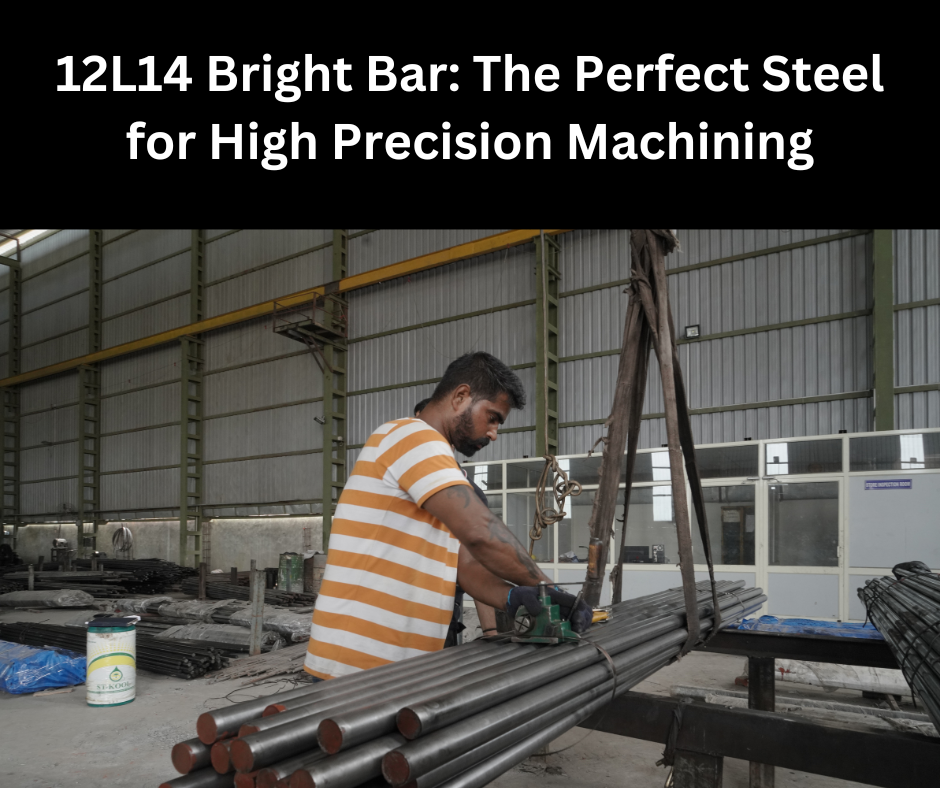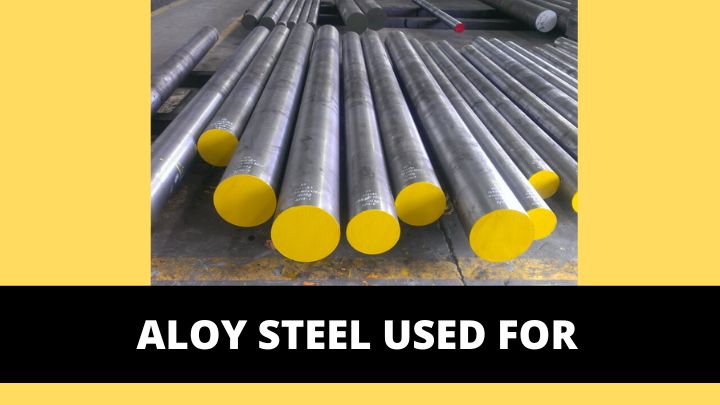A batch of critical components, freshly machined from premium EN19 alloy steel, fails quality control. The cause? Not the material, but a disastrous error in the heat treatment process. This scenario is a costly reality for many in the heavy engineering and automotive sectors. A single misstep in the furnace can turn thousands of rupees of high-grade steel into a pile of worthless scrap, leading to project delays, financial losses, and potentially catastrophic in-field failures.
For decision-makers in automotive OEMs and heavy machinery manufacturing, understanding the science behind heat treatment is not just a technical detail—it is a critical risk management strategy. This article serves as an urgent guide to the common heat treatment errors associated with EN19 steel, their devastating impact on mechanical properties, and the best practices required to prevent them. We will provide a clear methodology to safeguard your production process and ensure the integrity of this exceptional heavy engineering steel.
Understanding EN19 Alloy Steel: A Profile in Performance
EN19 is a high-strength chromium-molybdenum alloy steel, renowned for its excellent combination of tensile strength, toughness, and fatigue resistance. Its versatility makes it a cornerstone material for components subjected to high stress and demanding operational conditions. The molybdenum content provides uniform hardness and strength, while chromium adds wear resistance and corrosion protection.
Its superior properties make EN19 indispensable in sectors across India’s industrial belt—from the automotive hubs of Maharashtra and Tamil Nadu to the heavy engineering centers in Gujarat and Karnataka.
Critical Applications Driven by EN19’s Properties:
- Automotive OEMs: Crankshafts, steering knuckles, gears, and high-tensile axles that require exceptional fatigue strength and wear resistance.
- Heavy Machinery: High-load gears, shafts, and spindles used in industrial presses and manufacturing equipment.
- Mining and Construction: Robust components for excavators, drills, and earth-moving machinery that must withstand extreme shock and abrasive wear.
The true potential of EN19, however, is only unlocked through precise and correct heat treatment. Without it, the steel is just an expensive raw material.
The Anatomy of a Heat Treatment Failure
Heat treatment is a controlled process of heating and cooling steel to alter its microstructure and achieve desired mechanical properties like hardness and strength. For EN19, this process is critical, but it is also where disasters can happen.
Common Heat Treatment Errors and Their Consequences
1. Incorrect Austenitizing Temperature
Austenitizing is the initial heating phase that transforms the steel’s crystal structure.
- The Error: Heating the steel too high (overheating) or not high enough (underheating).
- The Disaster: Overheating can cause excessive grain growth, making the steel brittle and prone to fracture. Underheating results in an incomplete transformation, leading to soft spots and inconsistent hardness after quenching. The component will fail to meet its strength specifications.
2. Improper Quenching
Quenching is the rapid cooling process that “locks in” the desired hard microstructure (martensite).
- The Error: Using the wrong quenching medium (e.g., water instead of oil), incorrect quench temperature, or inadequate agitation.
- The Disaster: Quenching too aggressively can cause distortion, warping, and even cracking, especially in complex geometries. Quenching too slowly fails to achieve the required hardness, rendering the component too soft for its intended application. This is a common source of costly scrap.
3. Inadequate or Incorrect Tempering
Tempering is a secondary heating process performed after quenching to reduce brittleness and improve toughness.
- The Error: Tempering at the wrong temperature or for an insufficient duration. A critical mistake is tempering within the “temper embrittlement” range (typically 350-550°C for EN19).
- The Disaster: Skipping or rushing the tempering process leaves the steel extremely brittle and susceptible to shock-induced failure. Tempering within the embrittlement range drastically reduces the steel’s toughness, creating a hidden weakness that can lead to catastrophic failure under load.
4. Surface Decarburization
This occurs when the surface of the steel loses carbon to the furnace atmosphere during heating.
- The Error: Using a furnace atmosphere that is not properly controlled.
- The Disaster: Decarburization creates a soft surface layer on the component. This drastically reduces wear resistance and fatigue life, making it unsuitable for applications like gears and bearings.
These failures are prevalent in manufacturing hubs across Haryana, West Bengal, Jharkhand, and Odisha, where the demand for high-performance components is constantly rising.
A Risk Assessment Framework for Your Workshop
Preventing heat treatment disasters requires a proactive approach. You can implement a simple risk assessment methodology to identify and mitigate these threats.
- Identify the Hazards: Map out every step of your heat treatment process—loading, austenitizing, quenching, tempering, and unloading. Identify what could go wrong at each stage (e.g., furnace temperature fluctuation, contaminated quench oil).
- Assess the Risks: For each hazard, determine the likelihood of it occurring and the severity of the consequence (e.g., a high likelihood of temperature error leading to a high-cost scrap event).
- Implement Control Measures: Develop and enforce strict protocols to control the risks. This is the most critical step.
- Monitor and Review: Regularly audit your processes, review heat treatment logs, and conduct mechanical testing on sample parts to ensure controls are effective.
Best Practices: Your Blueprint for Success
Adhering to strict protocols is the only way to guarantee the integrity of EN19 alloy steel.
- Start with Quality Material: The foundation of a successful component is the raw material. Partner with trusted high strength steel manufacturers who provide material with a certified chemical composition and a clean microstructure. A reliable supplier like Dhand Steels ensures your EN19 alloy steel in India is free from defects that could be exacerbated by heat treatment.
- Calibrate Your Equipment: Ensure all furnace thermocouples, temperature controllers, and timers are regularly calibrated and certified. Inaccurate equipment is a primary source of error.
- Develop Detailed Process Sheets: For every component, create a specific heat treatment “recipe” that details the exact temperatures, soak times, quenching medium, and tempering parameters. There is no one-size-fits-all approach.
- Control Furnace Atmosphere: Use furnaces with controlled atmospheres (e.g., endothermic gas or nitrogen) to prevent surface decarburization, especially for finished parts.
- Maintain Quench Media: Regularly test and maintain your quench oil. Contamination or degradation can alter its cooling characteristics and lead to inconsistent results.
- Invest in Training: Your furnace operators are your first line of defense. Ensure they are thoroughly trained on the metallurgy of EN19 and the critical importance of following the process sheets without deviation.
Partner with an Expert Supplier to Mitigate Risk
The journey to a flawless component begins long before it reaches the furnace. By sourcing your EN19 alloy steel from a knowledgeable and quality-focused supplier, you establish a foundation of reliability.
Dhand Steels is more than just a supplier; we are a technical partner dedicated to the success of our clients. Located in Ludhiana, we provide premium EN19 alloy steel to leading manufacturers across India and for export. We understand the critical link between material quality and final performance, and we provide the certified materials you need to build with confidence.
Don’t let a preventable heat treatment error derail your production. Fortify your process with high-quality material and rigorous protocols.
Contact Dhand Steels
Address:
Unit- I : Plot # 30, Guru Gobind Singh Industrial Enclave, vill. Umedpur, Sahnewal Dehlon road, Sahnewal, Ludhiana
Get in Touch:
- Email: solutions@dhandsteels.com, nikhil.dhand@dhandsteels.com
- Phone: +91-6283-838-475, +91-7814-705-181
- WhatsApp: http://wa.me/916283838475
Find Us:
- Directions: Get Directions on Google Maps




Comments
0 Comment On Post